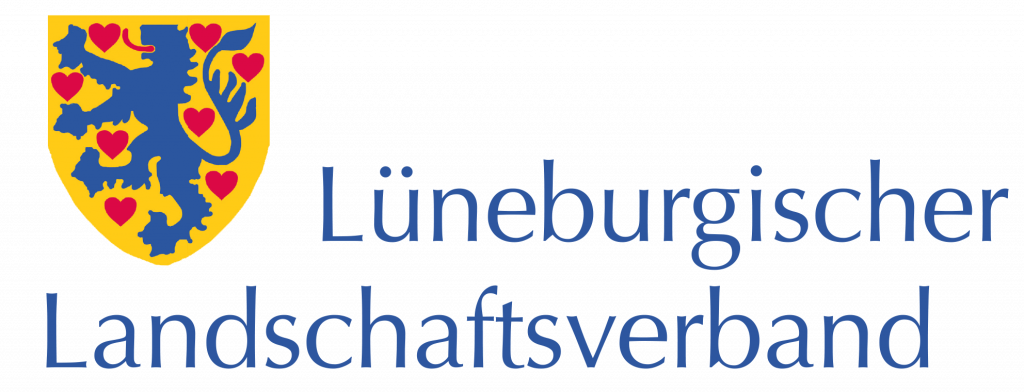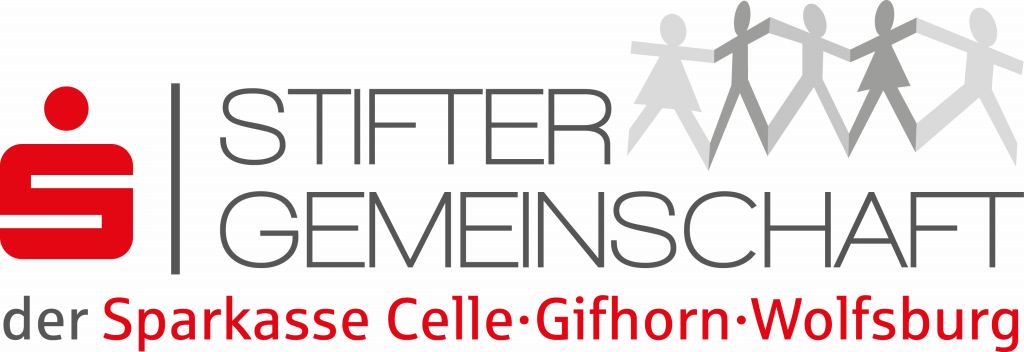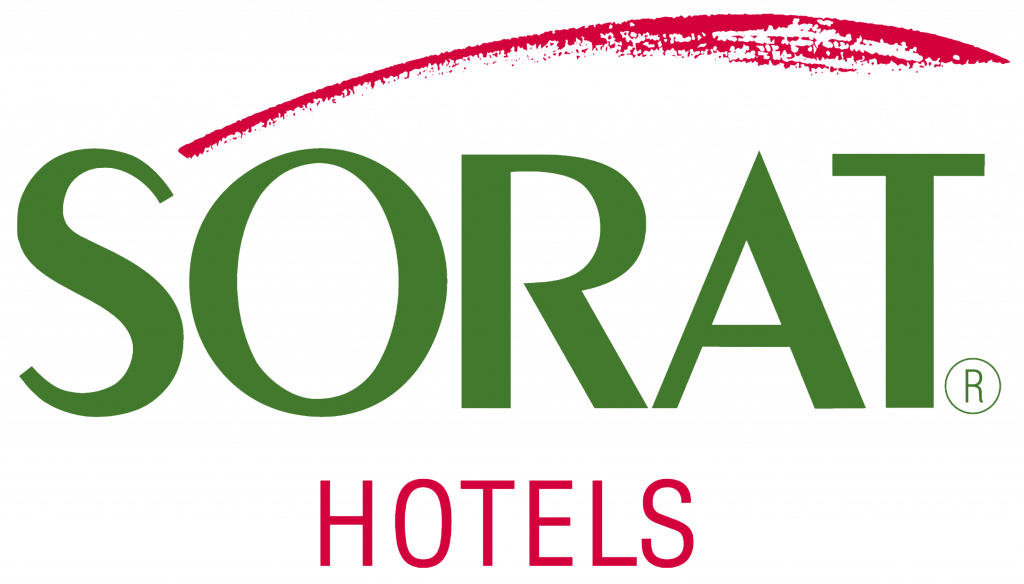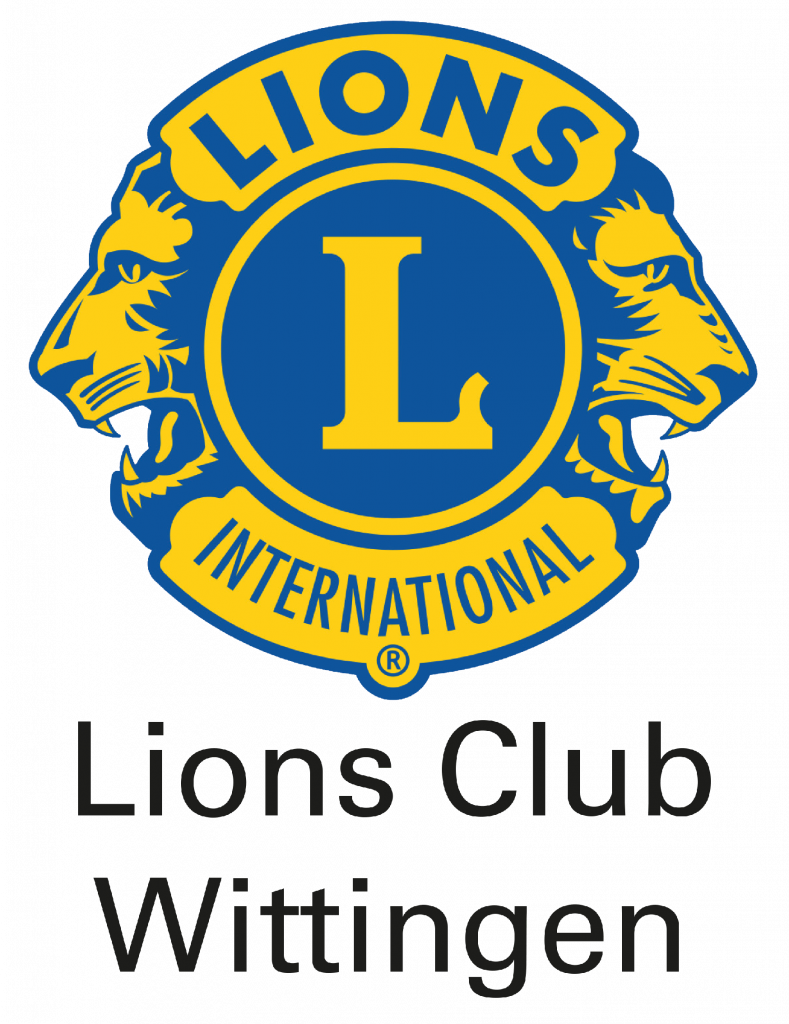Since 1991, the Wittingen Cultural Association and the town of Wittingen have organised the Werkstattwoche every two years in the idyllic village of Lüben. Look over the artists‘ shoulders and be inspired by the works of art.
The village of Lüben, first mentioned in a document in 956, is part the city of Wittingen
and has around 110 inhabitants. Since 1911 the Lübener Tenne (Lüben 1, 29378 Wittingen) has been its center, an old inn complete with restaurant, a beer garden, a big garden with play equipment for children and various rooms in historical settings. This is where the artists eat and meet during the Werkstattwoche. They also work here, in the village or in the surrounding countryside. During the week it is possible pay a visit to the artists and have a firsthand look at the creative processes.
On the final weekend, the resulting artwork will be shown on Saturday from 4 p.m. and all day on Sunday throughout the village. In the village there are still functioning farmsteads, a village museum with a pottery, spinning and beekeeping workshops as well as an educational forest trail. The area around the village is ideal for cycling trips. The city of Wittingen is approx. 7 km. The village does not offer overnight accommodations (to find those, see City of Wittingen). The artists and the team of Lübener Tenne are looking forward to your visit!
The shoemaker town of Wittingen was mentioned for the first time in a document from 781.According to a census list from 1864, 63 shoemakers lived in Wittingen that year. Today 26 city-parts, mostly independent villages, separated by extensive forests and fields, form the city of Wittingen with 11,500 inhabitants, of which approx. 5,000 live in the core city. The romanesque St. Stephen‘s Church from around 1250 is located on the market square. Other sights are the Junkerhof from the 16th century, which was reconstructed and relocated at the end of the 20th century, and the Kreyenberg house from 1640. The private brewery Wittingen, which was founded in 1429, also has it’s ancestral building at the market square.
The Museum „Deutsche-Einheit“ Bad Bodenteich is the only border museum in the district of Uelzen. The exhibitions cover the areas of division, the border, reunification in a regional context and the history of the former Federal Border Guard base in Bodenteich. The museum currently has around 700 exhibits. Items of everyday use from the Federal Border Guard and the National People’s Army. There are also a large number of illustrations, documents, literature and photographs. The museum is run on a voluntary basis.
The Open-air Museum Diesdorf is one of the oldest open-air museums in Germany; it was established in 1911.More than 20 Living and farm buildings as well as farm gardens are on the display in Open-air Museum Diesdorf on an area of 6 hectare. For instance, you can visit several typical Low German houses, barns, gatehouses, a forge, a village school and a post mill.
Isenhagen Abbey was founded by the Cistercian order; today it’s a Lutheran abbey, located in Hankensbüttel. Abbey Isenhagen, one of six “Heath abbeys“, was founded in 1243 as a monk’s abbey in Alt-Isenhagen, ca. 3 kilometer east. After burning down it was rebuilt as a nunnery; 1327 it was relocated to it’s present-day site. During the reformation in 1540 the nunnery was converted into a Lutheran women‘s convent by duke Ernest the Confessor. As the abbey is inhabited, it can only be visited during guided tours. The convent chapel, the abbey museum with its many treasures, the cloisters and the abbey garden are worth seeing. The Otterzentrum Hankensbüttel, a nature experience centre, is in the immediate vicinity and can be reached by foot.






© 1991–2025 WERKSTATTWOCHE